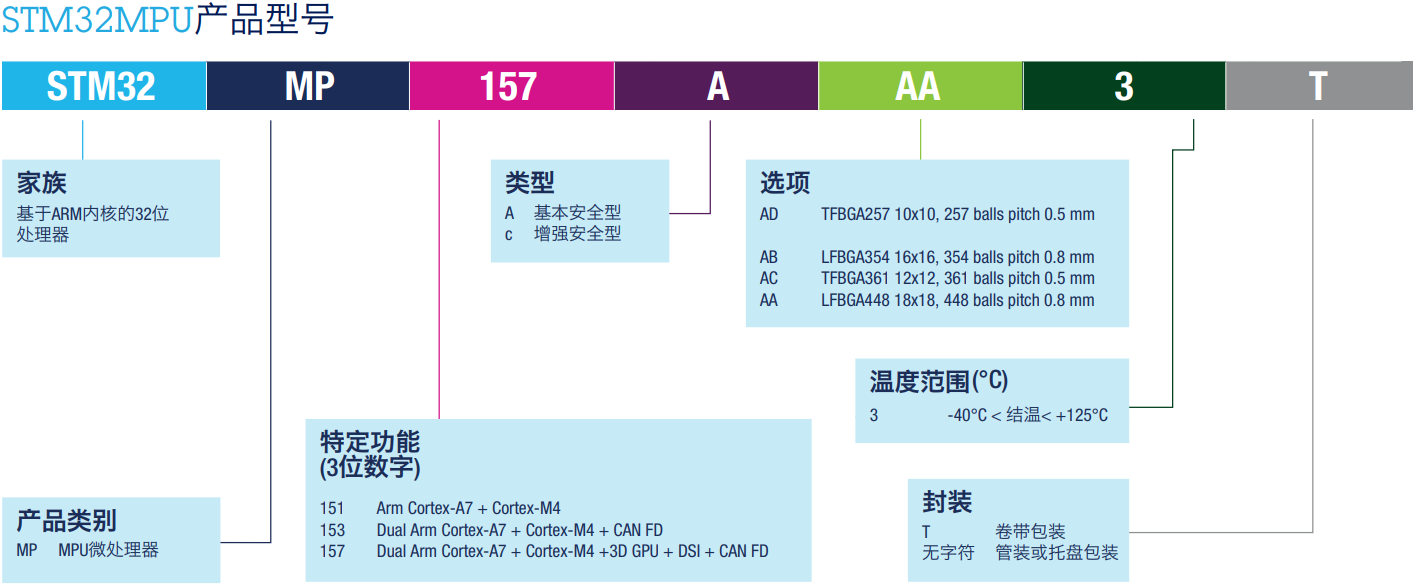

Its using the buffered read and write to minimize the access to Flash. Flash the chip.FlashStorageSTM32: The FlashStorageSTM32 library aims to provide a convenient way to store and retrieve users data using the non-volatile flash memory of STM32F/L/H/G/WB/MP1. If not, then you have to try other drivers. Now the F4 chip should enter DFU upload mode, the device manager should show you STM32F4 DFU device or similar.
Stm32 Flash Update Using SD
Updating the application using the bootloader So I would request you to go through those tutorials first if you are not familiar with those topics. 512K-BIT x 1 CMOS SERIAL FLASH.In this STM32 Wireless Firmware Update example, we will be using the concepts which have been explained already in the below-given tutorials. 7 Adding Firmware update using SD card feature to our BootloaderHello World Macronix Flash Support for STMicroelectronics STM32 Products Now you can flash the FPGA.
STM32F767Zi Nucleo (You can use any STM32 boards. You can also get the source code of this tutorial from GitHub. Please check out the video playlist. STM32 Wireless Firmware update (FOTA using BLE)We are providing the video format of this Bootloader series.
Then we read that firmware file and update the firmware to the flash memory. Copy the firmware file to that SD card. We will interface the SD card to our STM32 board (SPI). SD Card Breakout board STM32 Firmware Update using SD Card What did we do in our previous tutorial?In our last tutorial, we have tried updating the firmware over the air using Bluetooth Low Energy.
Goto Middleware and click the FATFS. Video can’t be loaded because JavaScript is disabled: STM32 Bootloader Tutorial Part 7 – Firmware Update using SD card () You can check the below video also.
Chip select pin is missing. Now, PA5 will act as SPI 1 CLK, PA6 will act as SPI 1 MISO, and PA7 will act as MOSI. Set the data size to 8 Bits. So, enable the SPI as a Full duplex Master. In this tutorial, I am going to connect the SD card to SPI 1.
And past it to that file.Then, create a header file called as user_diskio_spi.h. Copy the code from our GitHub. Create a new c file called user_diskio_spi.c in FATFS Target. Let’s save and generate the code.It will generate two directories called FATFS and Middlewares. We have configured everything. Set the PD16 as GPIO output and change the name to SD_CS for our understanding.
Adding Firmware update using SD card feature to our BootloaderYou can get the complete bootloader source code from GitHub.Let’s add the firmware update using the SD card feature to our bootloader. Let’s use this SD card for our project. Till now we have interfaced the SD card with STM32F767zi. /* USER CODE BEGIN DECL *//* Includes -*/#include "user_diskio_spi.h" //CR1, SPI_BAUDRATEPRESCALER_256, SPI_BAUDRATEPRESCALER_128) } /* Set SCLK = slow, approx 280 KBits/s*/#define FCLK_FAST() /* Set SCLK = fast, approx 4.5 MBits/s */That’s all.

Connection Diagram SD Adapter STM32F767Zi CS PD14 (GPIO SD_CS) SCK PA5 (SPI1 SCLK) MOSI PA7 (SPI1 MOSI) MISO PA6 (SPI1 MISO) VCC 5V GND GNDLet’s build the code and Flash it. If it is available, then it will update the new application or firmware. Whenever the microcontroller boots, it will check for the firmware update from the SD card.


 0 kommentar(er)
0 kommentar(er)
